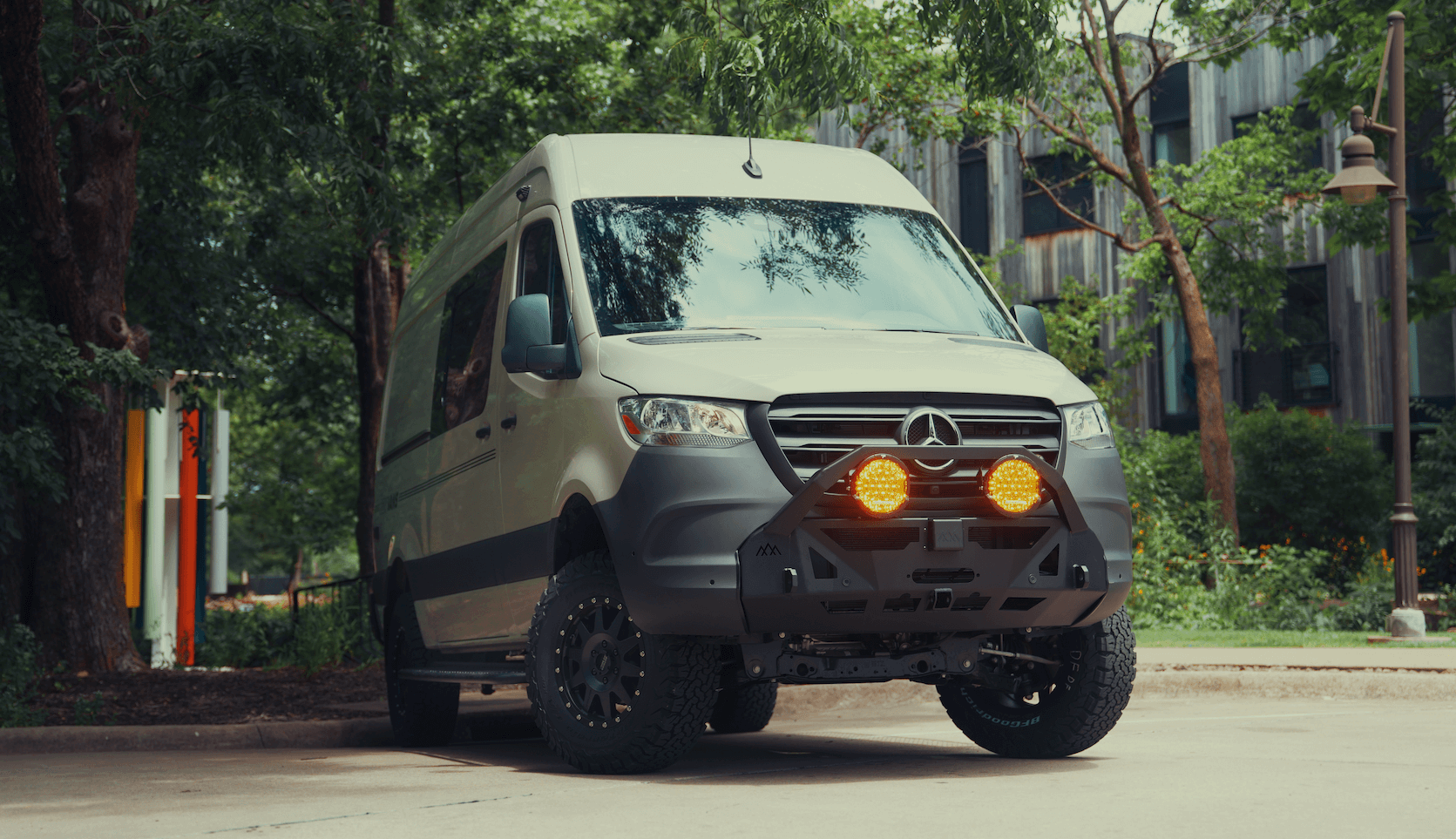Recreational Vans

Game quality is won or lost in the first hours after the shot. Once an animal is down, internal heat and surface moisture create ideal conditions for bacteria. Rapid cooling slows microbial growth, preserves texture, and protects flavor. The goal is to lower carcass or quarter temperature to 40 F or below as quickly and cleanly as possible and then hold it there.
Heat management starts with clean field dressing. Open body cavities promptly, remove viscera, and allow heat to vent. Keep meat off soil and avoid contact with hair and rumen fluid. Shade the carcass, maximize airflow, and use breathable game bags to reduce insect contact while allowing moisture to escape. In warm or early season hunts, pre chilled ice jugs and reflective tarps can buy precious cooling time until you reach a cooler.
Cold storage also protects against enzymatic breakdown that leads to off odors and discoloration. Proper temperature control maintains color, reduces purge loss, and sets you up for either a focused aging window or immediate butchering. Think of the cold chain as a relay. Field handling hands meat off to transport cooling, which passes it to a stable storage environment, which leads to processing with minimal temperature fluctuation.
For most big game, the sweet spot is 34 to 40 F. This slows bacterial growth while allowing natural enzymes to tenderize muscle tissue. Avoid freezing the exterior while the interior remains warm. Uneven temperatures can cause case hardening, where the surface dries and the inside stays too warm.
Humidity matters. Around 75 to 85 percent relative humidity supports controlled moisture loss without excessive surface drying. Good airflow prevents stagnant pockets that lead to slime and sour notes. If you are using a walk in cooler, add a hygrometer and fan circulation to maintain consistency. In insulated chests, pack quarters with barrier layers to prevent ice burn and pool drainage away from meat.
Timing depends on species, age, and fat cover:
Watch for warning signs. A sweet, sour, or ammonia like smell, tacky surfaces, or greenish discoloration indicate spoilage risks. When in doubt, lower temperature slightly, improve airflow, and shorten the aging window.
The cold chain starts long before a walk in cooler. Many hunts end miles from the truck, and processing may be hours away. A layered approach works best.
Power planning makes or breaks off grid cooling. Combine a lithium battery bank with solar input and alternator charging for redundancy. A smart battery monitor helps allocate power between refrigeration, lighting, and communications. Insulation matters as much as compressor size. Tight door seals, thermal curtains, and thoughtful packing reduce compressor cycling and save power.
At body temperature, bacteria can double in minutes. Bringing meat under 70 F within the first hour slows growth dramatically. Reaching the 40 F target within a few hours is ideal, especially in warm conditions.
Aging can magnify tenderness and flavor, but only in clean, well controlled conditions. If temperatures are inconsistent or surfaces stay wet, skip the aging step and process right away.
Hang or rack quarters so air can reach all sides. Avoid stacking meat directly on ice. Use breathable layers and leave space around each piece. A small fan inside a cooler or compartment can even out temperatures.
Cleanliness keeps flavor honest. Use food grade liners, sanitize totes and cooler interiors, and switch to fresh gloves and knives as you move from dirty to clean tasks. Label bags by species, date, and cut so you can rotate inventory and track aging time. Keep a simple log of temperatures during transport and storage. Small habits add up to safer, better tasting meat.
When you reach the processor or your home cutting table, keep surfaces dry and cold. Sharpen knives to prevent tearing. Trim away any compromised exterior and package in oxygen barrier bags. Freeze quickly in a thin, flat form to accelerate chill speed and reduce ice crystallization.
If your season includes long drives, hot early fall days, or back to back tags, an integrated cooling plan pays for itself. OZK Customs builds adventure ready vans and overland rigs with purpose built cold storage, from 12 volt refrigeration to insulated compartments and racking that keeps quarters clean, separated, and well ventilated. We design around battery capacity, solar harvest, alternator charging, and airflow so your harvest stays at proper temperature without babysitting a generator.
Our team in Fayetteville Arkansas outfits platforms for hunters who want a clean handoff from field to cooler. We can add drawer fridges, install temperature monitoring, and design storage that prevents cross contamination between meat, gear, and pets. If a larger solution fits your needs, we can integrate a compact walk in style compartment inside the vehicle envelope with proper insulation, seals, and drip management.
Prefer a finance friendly platform. We can guide you through options and then complete a partial upfit that focuses on refrigeration, power, and sanitary storage so you are set before opening day. The goal is simple. Keep your meat safe, age on your terms, and arrive home with flavor intact.
Ready to build a rig that protects your harvest.
Final step. Tell us how you hunt, what you carry, and how many days you stay out. We will map your cold chain, size the power system, and configure storage that makes your next season smoother and safer. Then we will build it.
Ready to keep your harvest safe, clean, and perfectly chilled from field to freezer. Talk with OZK Customs about a custom build or partial upfit that integrates refrigeration, insulated storage, and reliable off grid power. Book your consult and let our team design a cold chain that fits your hunting season. Visit Recreational Vans, explore a Custom Build Van, or check Mainstream Vans for finance friendly platforms.
ADDRESS:
6159 E Huntsville Rd, Fayetteville, AR 72701
PHONE:
(479) 326-9200
EMAIL:
info@ozkvans.com